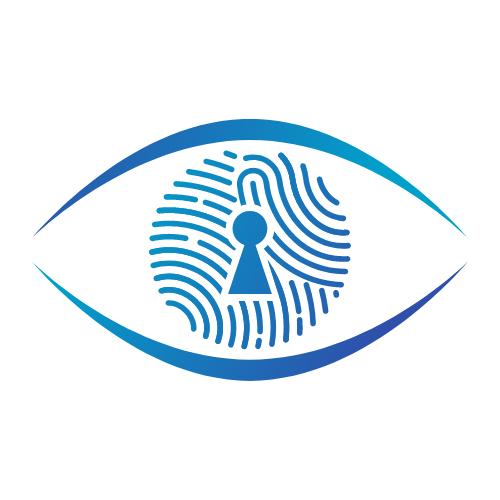The Surge in Healthcare Data Breaches: A Deep Dive into August 2023's Alarming Numbers

Introduction
August 2023 marked a significant uptick in healthcare data breaches, exposing the protected health information of over 11 million individuals. This article aims to dissect the alarming statistics, the entities affected, and the enforcement actions taken, providing a comprehensive overview of the healthcare data breach landscape.
The Numbers Speak: A 21.4% MoM Increase
In August alone, there was a 21.4% month-over-month increase in healthcare data breaches, making it the second-worst month of the year for such incidents. A total of 68 data breaches involving 500 or more records were reported to the HHS' Office for Civil Rights, surpassing the 2023 monthly average of 58.2 breaches.
The Year So Far: A Worrying Trend
The year 2023 has been particularly concerning, with 71,479,579 individuals' records exposed or stolen, marking a significant increase from the previous year. The scale of these breaches indicates a growing vulnerability in healthcare data security.
The Culprits: Zero-Day and Ransomware Attacks
A mass exploitation of a zero-day vulnerability in Progress Software's MOVEit Transfer file transfer solution significantly contributed to the breaches. The Clop group was responsible for exfiltrating data and demanding ransom payments. This single vulnerability affected 1,203 organizations and between 54.2 million and 59 million individuals, netting the Clop group an estimated $75 million to $100 million.
In addition, three of the top 26 data breaches in August were confirmed ransomware attacks, with the Royal ransomware group specifically targeting healthcare organizations.
The Worst Hit: Who Suffered the Most?
The largest healthcare data breaches in August included the Colorado Department of Health Care Policy & Financing, Performance Health Technology, and PurFoods, LLC. The majority of these breaches were categorized as hacking and IT incidents, accounting for 83.8% of breaches and 99.2% of breached records.
Business associates reported the largest average data breach size in August, with 250,875 records, followed by health plans (89,344 records) and healthcare providers (83,425 records).
Geographical Impact: Texas and Illinois Bear the Brunt
Texas and Illinois were the worst-affected states in terms of data breaches, highlighting the need for stringent data protection measures across these regions.
Enforcement Actions: The Role of HHS' Office for Civil Rights
The HHS' Office for Civil Rights announced one HIPAA enforcement action in August, involving UnitedHealthcare. The organization was penalized $80,000 for a HIPAA Right of Access violation, emphasizing the regulatory body's commitment to enforcing data protection laws.
Conclusion
The surge in healthcare data breaches in August 2023 is a wake-up call for healthcare organizations, regulatory bodies, and cybersecurity experts. The exploitation of vulnerabilities and the increasing sophistication of ransomware attacks necessitate immediate action. As healthcare data becomes an increasingly valuable target for cybercriminals, the industry must invest in robust cybersecurity measures to protect patient information.
Please note that this article is based on the information available as of the publication date and may not include any updates or developments beyond that.
References
- HHS' Office for Civil Rights
- Progress Software's MOVEit Transfer
- Clop Ransomware Group
- Royal Ransomware Group
The alarming increase in healthcare data breaches underscores the urgent need for comprehensive cybersecurity solutions. As the healthcare industry grapples with these challenges, it is crucial to stay updated on the latest trends and threats to better protect sensitive patient data.





